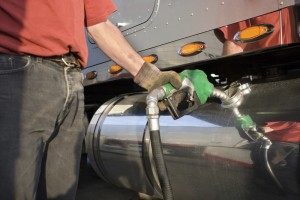All new petroleum underground storage tanks and their related operational components need to be installed in accordance with EPA regulations. The installation requirements can be broken down into 4 categories: installation according to industry codes, leak detection, spill and overfill protection, and corrosion protection. Learn more about these 4 categories and installing new petroleum underground storage tanks in this week’s blog.

The 4 Requirements for Installing New Petroleum Underground Storage Tanks
Installation According to Industry Codes
- The tank must be installed by qualified installers who follow industry codes.
- You must “certify on a notification form that you have used a qualified installer who can assure you that your UST has been installed correctly.”
- According to the EPA, “Installation includes excavation, tank system siting, burial depth, tank system assembly, backfilling around the tank system, and surface grading.”
Leak Detection
The leak detection system for a new petroleum underground storage tank must meet these requirements:
- It must be able to “detect a leak from any portion of the tank or its piping that routinely contains petroleum.”
- It must be “installed, calibrated, operated, and maintained in accordance with the manufacturer’s instructions.”
- It must meet federal regulations for performance requirements.
Spill Protection
In addition to leaks, another potential source of underground storage tank releases is spills, which can occur at the fill pipe when the delivery hose is disconnected.
- The most common cause of spills is human error. This is why industry standards for correct filling practices must be adhered to by the tank owner and fuel deliverer, for example, monitoring the delivery at all times.
- The tank must have a catchment basin to contain spills.
Overfill Protection
The final potential source of a release is when the petroleum in the tank is overfilled. Overfill releases are usually larger than spills, as fuel is released not only at the fill pipe but also through fittings at the top of the tank or vent pipe that are loosened as a result of the extra fuel in the tank.
- “You and your fuel deliverer must follow industry standards for correct filling practices.”
- Your petroleum underground storage tank must have an overfill protection device. The three main types of overfill protection devices are automatic shutoff devices, overfill alarms, and ball float valves.